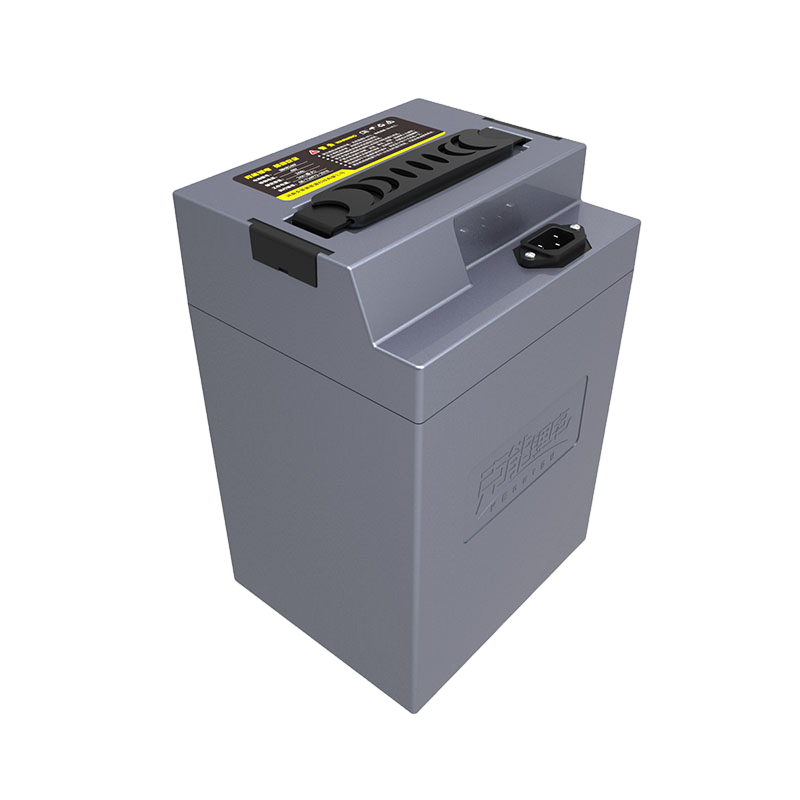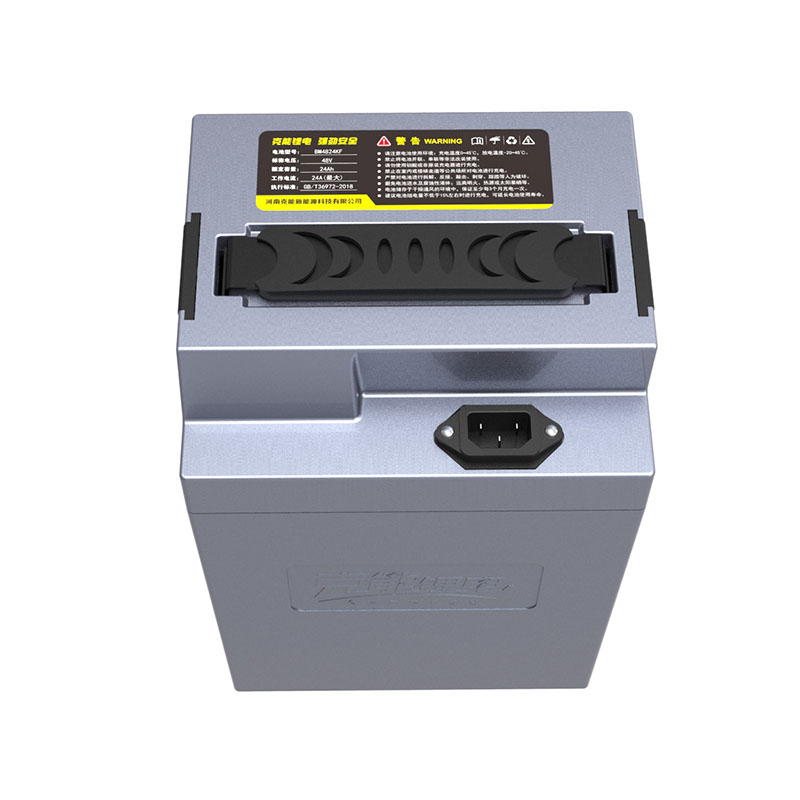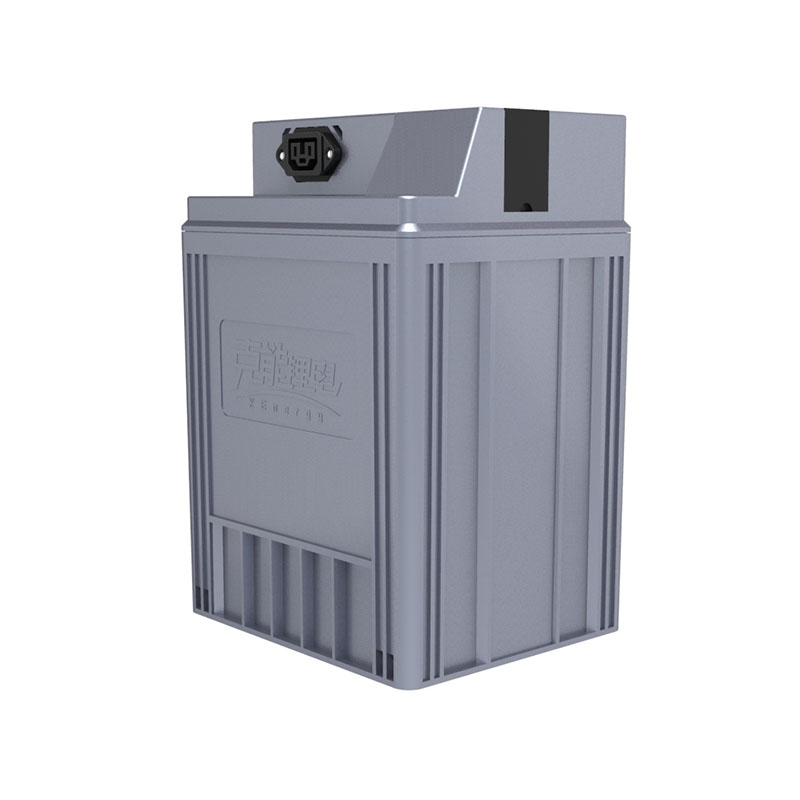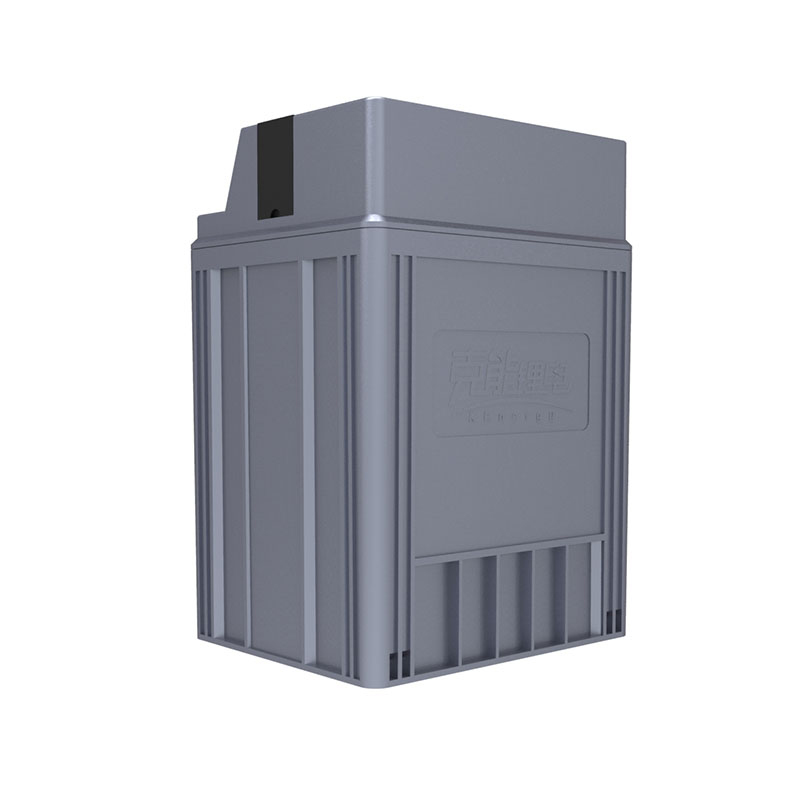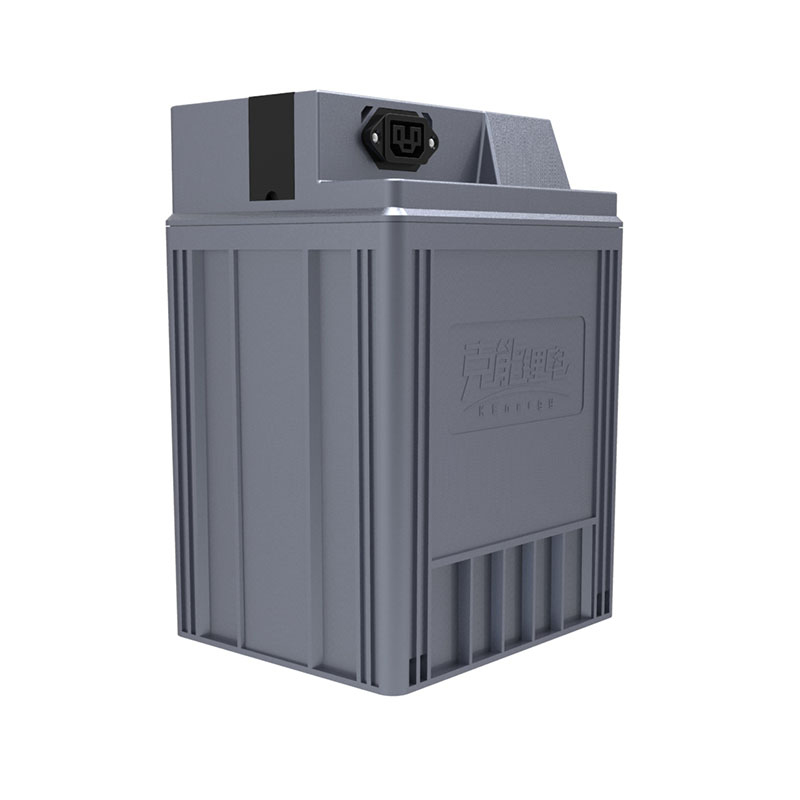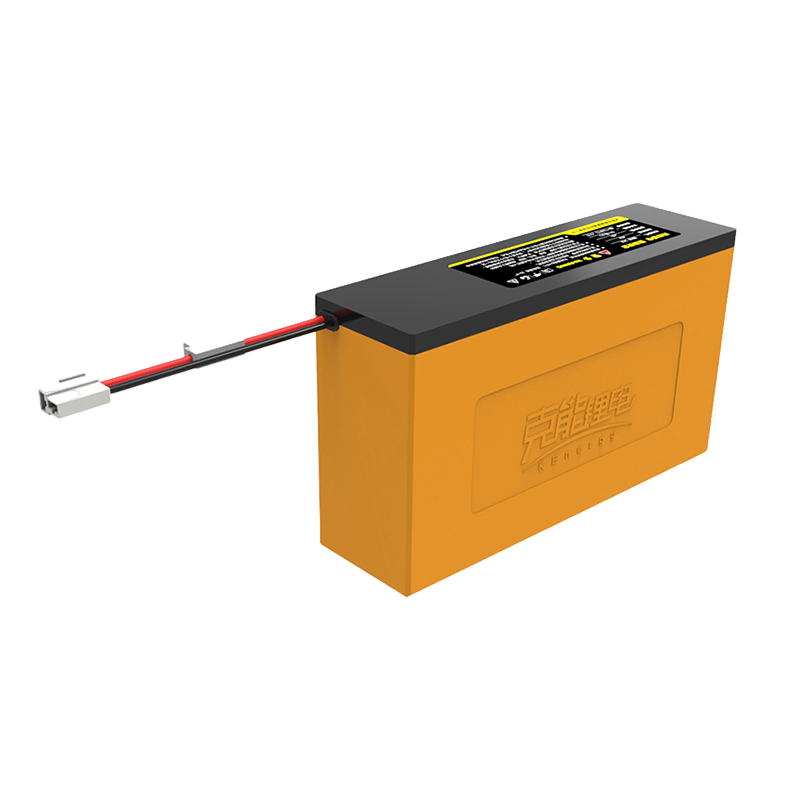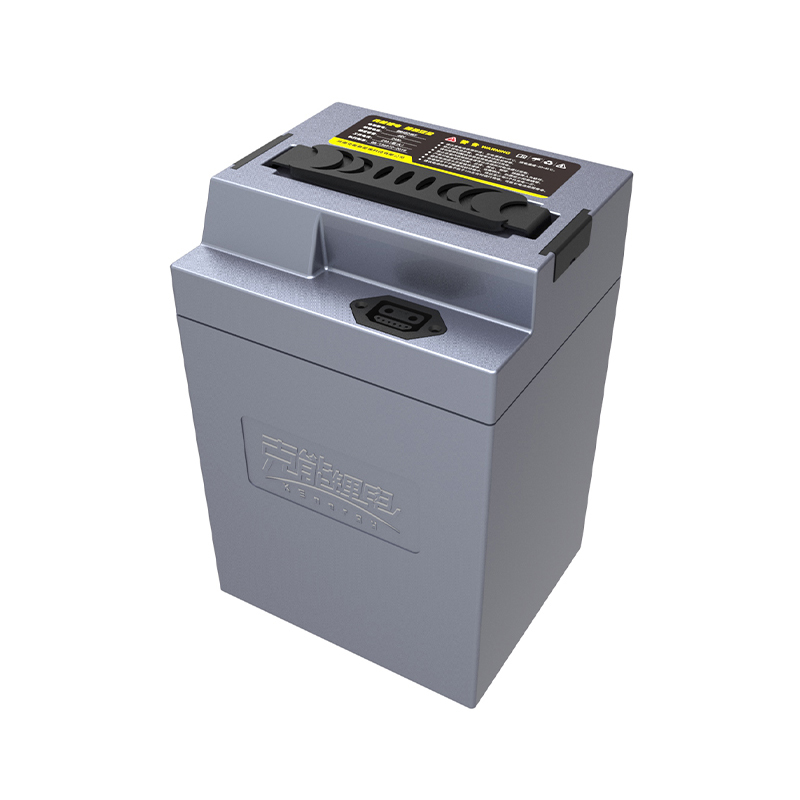KELAN 48V30AH(BM4830KP) Light EV Battery

| Model | 4830KP |
| Capacity | 30Ah |
| Voltage | 48V |
| Energy | 1440Wh |
| Cell Type | LiMn2O4 |
| Configuration | 1P13S |
| Charge Method | CC/CV |
| Max. Charging Current | 15A |
| Max. Continuous Discharge Current | 30A |
| Dimensions(L*W*H) | 265*156*185mm |
| Weight | 9.8±0.5Kg |
| Cycle Life | 600 times |
| Monthly Self-discharge Rate | ≤2% |
| Charge Temperature | 0℃~45℃ |
| Discharge Temperature | -20℃~45℃ |
| Storage Temperature | -10℃~40℃ |
High Energy Density: Manganese-lithium battery packs have extremely high energy density, enabling them to store more electricity in a limited space. This feature extends the driving range of electric vehicles.
Long Lifespan: Lithium manganese batteries are known for their longevity as they can withstand many charge and discharge cycles without any degradation. This ultimately reduces the need for frequent battery changes, saving cost and time for the user.
Fast Charging: With the support of manganese-lithium battery module fast charging technology, the use of electric vehicles has become more convenient. This allows fast and efficient charge replenishment in a relatively short period of time.
Lightweight Design: Manganese-lithium batteries are light in weight, which helps reduce the overall weight of electric vehicles. This in turn improves suspension performance, handling and efficiency.
High-Temperature Stability: Manganese-lithium batteries exhibit excellent stability in high-temperature environments, effectively reducing safety hazards caused by overheating. Therefore, these batteries are suitable for various climatic conditions.
Low Self-Discharge Rate: Due to its extremely low self-discharge rate, manganese-lithium battery packs are able to hold a charge after long periods of inactivity. As a result, the battery can be used for a longer period of time, ensuring longer availability.
Eco-Friendly Characteristics: Manganese-lithium batteries are known for their environmental friendliness and role in minimizing the environmental impact of electric vehicles. These batteries have fewer hazardous substances in their components, helping to reduce the ecological footprint associated with electric transportation.








